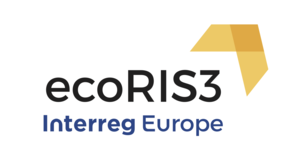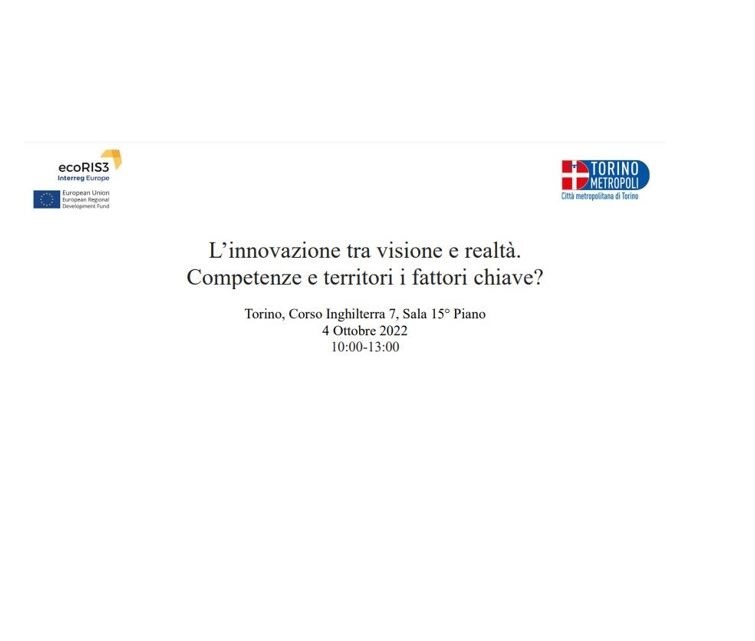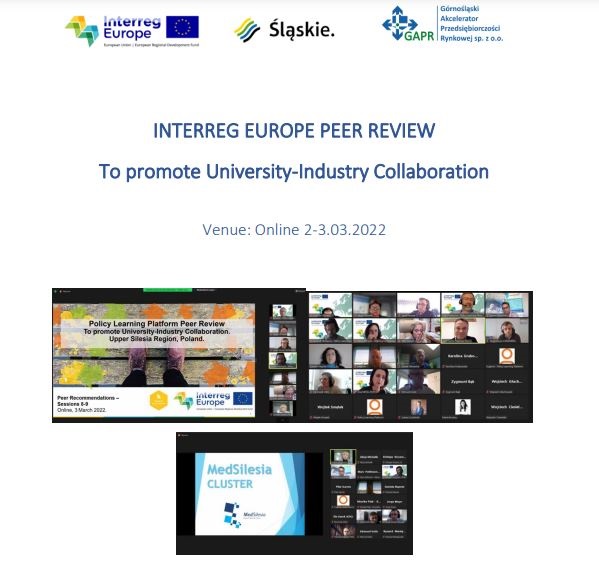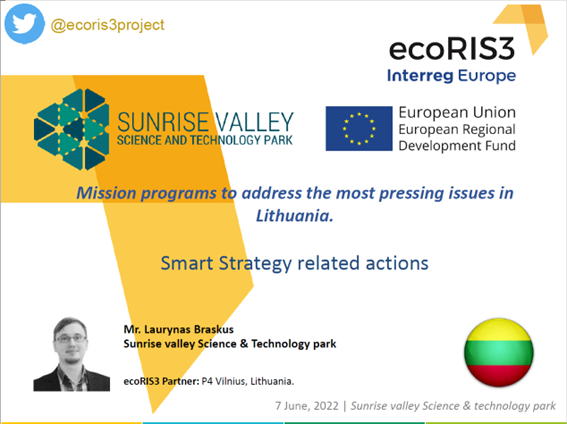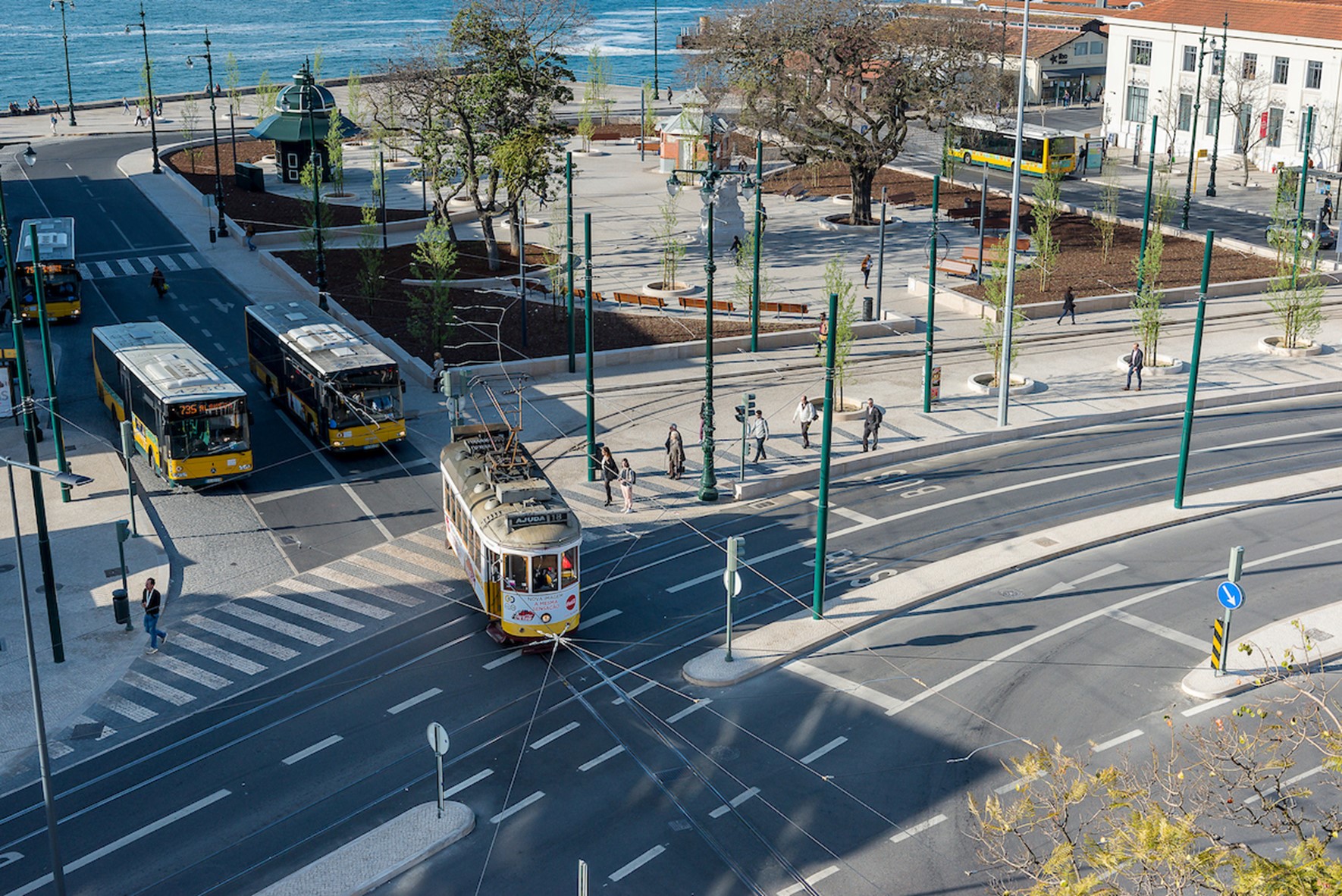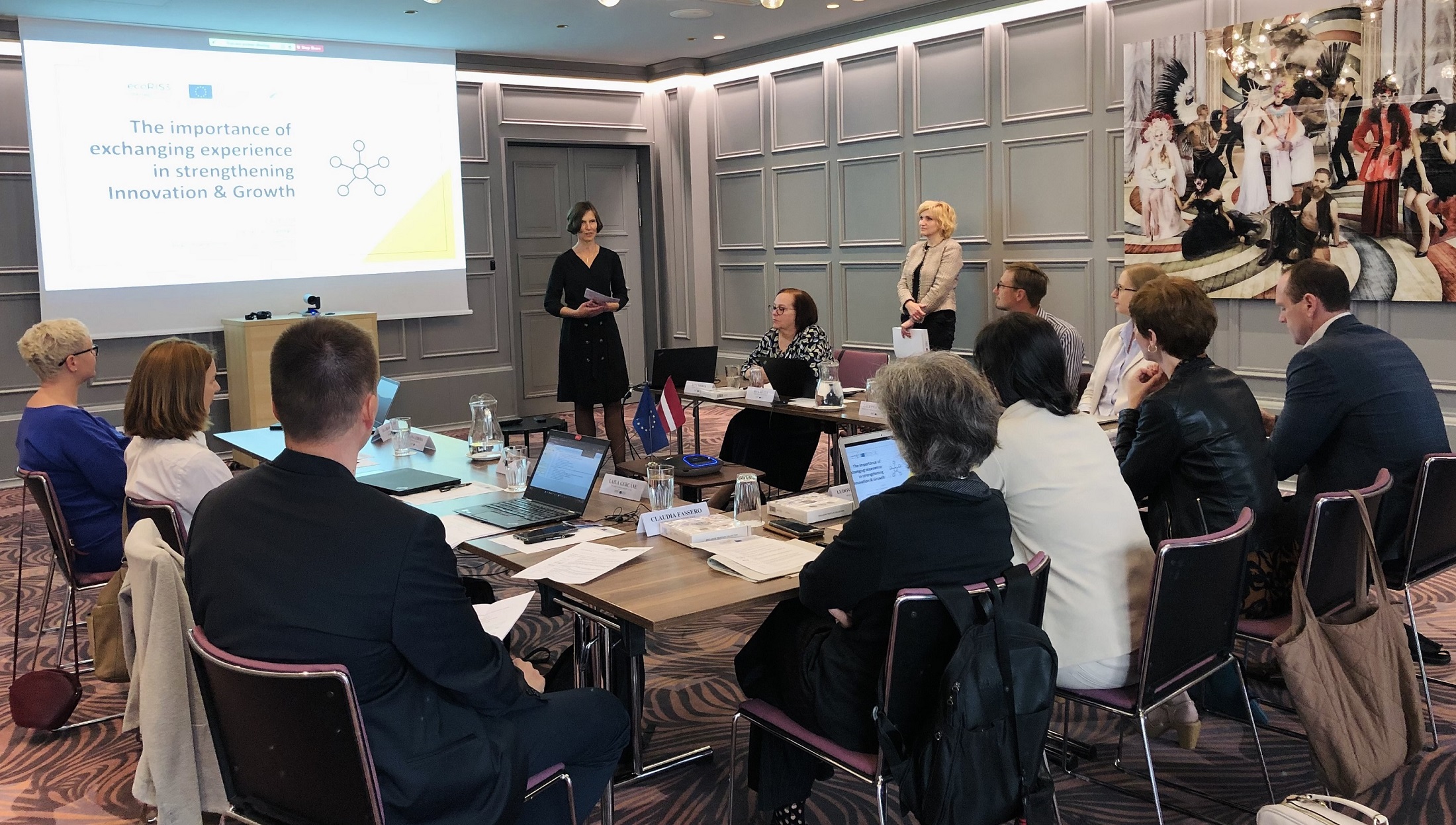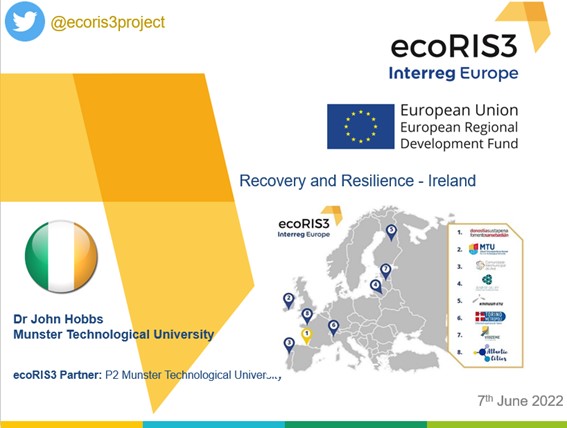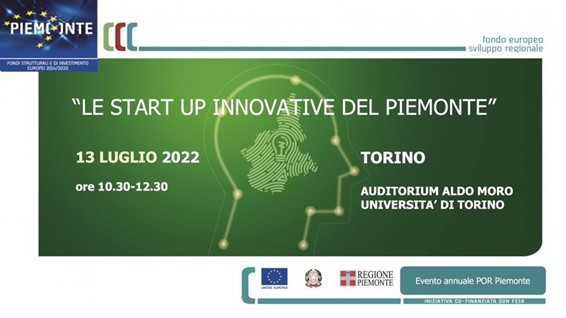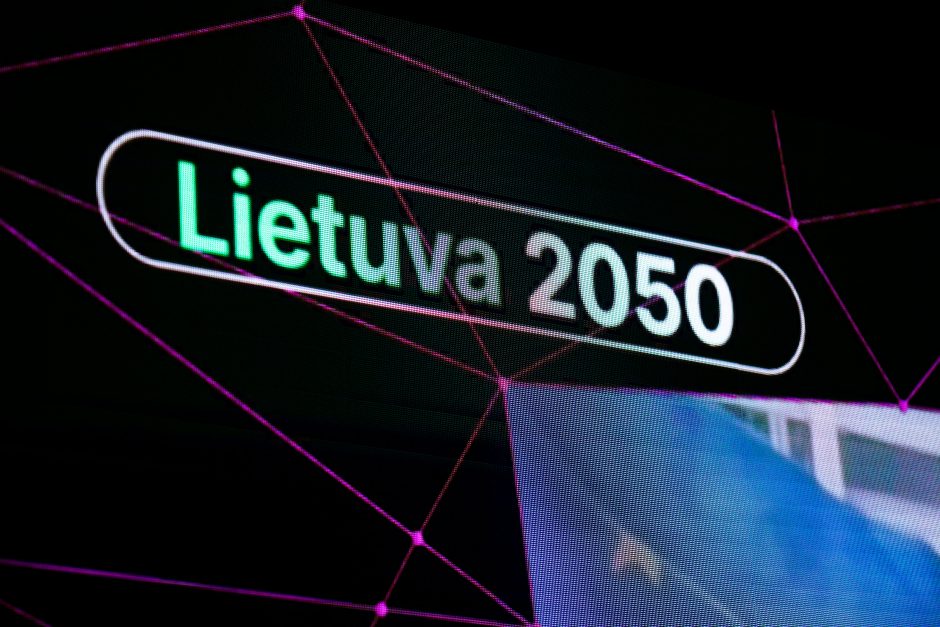However, the planned recovery of 5% annually was lower than expected due to reoccurring pandemic waves, which resulted in yet more temporary economic restrictions (Figure 1).

Figure 1. Real changes in gross domestic product. Bank of Lithuania, 2022
In 2020, Lithuanian GDP was only 0.9% lower than in 2019. The immediate economic recovery was induced by public sector support measures, limited effects of the first Covid-19 wave, successful performance of exporters and relatively low economic dependence on the most limited and affected economic activities - accommodation and food service, arts, entertainment, and recreation . The economic development scenario suggests that the Lithuanian economy would grow by 4.1 % in 2021. GDP growth is forecast at 4.4 % in 2022 and 3.5 % in 2023-2024 .
At national level, employment in private sector fell for 2%, comparing 2019 and 2020, while employment in S3 sectors altogether managed to grow by 1%. S3 sectors that had increased demand during the pandemic - Health technologies and biotechnologies priority and Information and communication technologies – grew 6% and 8% accordingly (Figure 2).

Figure 2. Change in private sector employment by sectors of S3 in %, 2019-2020. Strata, 2021
Mr. Artūras Malysis from STRATA had noticed that: „It’s rather evident, that key economic sectors of Lithuanian innovation ecosystem did not decline during the pandemic, on the opposite, they showed modest to moderate growth. The most pandemic boosted sectors worldwide were ICT – due to increased digital habits of working, shopping, and spending free time online, and healthcare, that received the most pressure to deal with the consequences of the pandemic, but on the other had this sector received a lot of attention and investments. The Lithuanian ecosystem is no different to these global trends, as two abovementioned S3 sectors has strongly increased the number of employees in private sector.”
In addition to that the turnover of S3 sectors was growing and reached over 30 billion EUR in 2020, the highest number during the implementation of Smart specialization strategy.

Figure 3. Turnover of S3 sectors in M EUR. Strata, 2021
The largest share of turnover was generated by Novel production processes, materials and technologies S3 priority – 35.3 % of total S3 sectors turnover and the share of the sector is growing. During the Covid-19 pandemic, Lithuanian industry recovered extremely quickly due to the recovery in external consumption.

Figure 4. Share of S3 sectors turnover in Lithuanian economy, %. Strata, 2021
In 2020 the share of S3 sectors in Lithuanian economy reached record-high third of the whole economy. The innovative sectors of Lithuanian economy has significantly increased their presence in the economy during Covid-19 economic turbulence.
In response to the Covid-19 pandemic, several new instruments have been developed and even a new 13th thematic objective (priority) of the OP has been developed – “Promoting action to overcome the Covid-19 crisis and preparing for economic recovery”.
Around 230 M EUR was allocated to OP Thematic objective 13, but only a part of it relates to R&I. Priority covers development of renewable energy and reduction of energy consumption. The funding planned for the relevant measures currently is 143.38 M EUR:
• Covid-19 R&D – 30 M EUR
• Covid-19 products – 31 M EUR
• Covid-19 creative cheques – 7,72 M EUR
• Covid-19 e-commerce model – 47,17 M EUR
• Promotion of commercialization and internationalization of R&D results – 4,83 M EUR
• Promotion of the activities of competence centres and innovation and technology transfer centres – 7,16 M EUR
In the face of Covid-19, more emphasis is being placed on the implementation of design solutions and the cultural creative and industrial (CCI) sector, which has been particularly hard hit by the pandemic. These areas are overseen by the Ministry of Culture, which has developed 3 new instruments under the new Thematic Objective 13 of the OP "Promoting action to overcome the Covid-19 crisis and preparing for economic recovery". The measures were formed only at the end of 2021 and the calls were published on 31 December:
• Incentives to improve the infrastructure of CCI companies – 4,16 M EUR
• Incentives for the CCI sector to develop competitive cultural products – 10,55 M EUR
• Incentives for design developers “Design wings“ – 0,788 M EUR.
Table 1: Update of SWOT Analysis of Lithuanian Innovation System

The ‘Analysis of the impacts of Covid-19 in Lithuania’ report can be found in the ecoRIS3 website library through this link.

